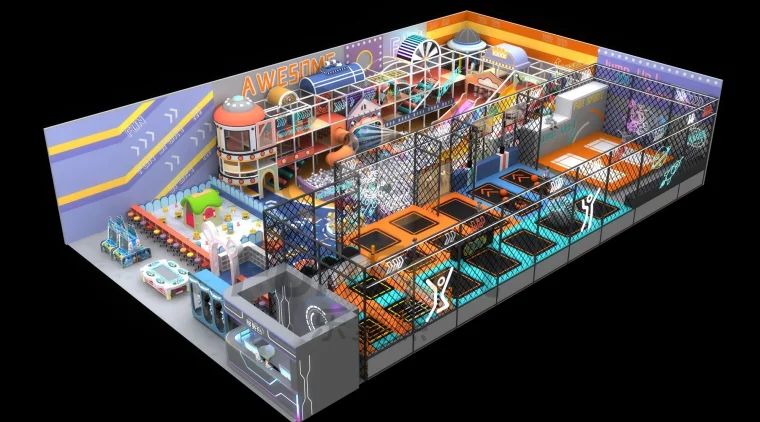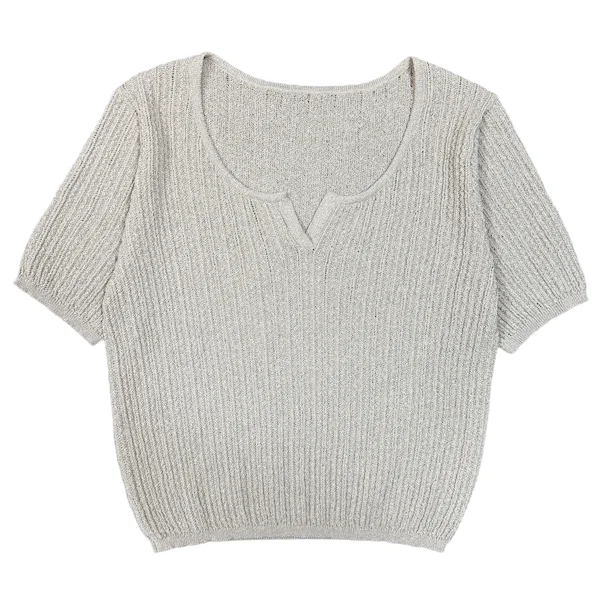Unveiling the Perfect Color Palette for T-Shirt Printing: A Comprehensive Guide
When it comes to t-shirt printing, choosing the right color is crucial for achieving a visually appealing and impactful design. The color you select can evoke emotions, convey messages, and even influence the perception of your brand. In this comprehensive guide, we will explore the factors to consider when deciding which color is best for t-shirt printing, ensuring your designs stand out from the crowd.
- Understanding Color Psychology:
Color psychology plays a significant role in t-shirt printing. Different colors evoke distinct emotions and associations, making it essential to align your design with the intended message or brand identity. Here are some key colors and their psychological effects:
- Red: Symbolizing energy and passion, red is often associated with excitement and urgency. It can be an excellent choice for creating a sense of urgency or attracting attention.
- Blue: Known for its calming and trustworthy qualities, blue is often used to convey reliability and professionalism. It can be an ideal choice for corporate or formal designs.
- Green: Associated with nature and growth, green represents harmony and freshness. It can be used to promote eco-friendly or organic concepts.
- Yellow: Symbolizing happiness and optimism, yellow is attention-grabbing and can evoke feelings of joy. It can be used to create a vibrant and cheerful design.
- Black: Often associated with sophistication and elegance, black can add a touch of class to your t-shirt design. It is versatile and works well with various color combinations.
- Considering Target Audience and Brand Identity:
To determine the best color for t-shirt printing, it is crucial to consider your target audience and brand identity. Understanding your audience's preferences and the message you want to convey will help you select the most appropriate color scheme. For example:
- Youthful and vibrant brands may opt for bold and bright colors to appeal to a younger demographic.
- Professional and corporate brands may lean towards more subdued and neutral colors to convey a sense of reliability and trustworthiness.
- Eco-conscious brands may choose earthy tones or shades of green to align with their sustainability message.
- Complementary Color Schemes:
Creating a visually appealing t-shirt design often involves using complementary colors. Complementary colors are opposite each other on the color wheel and create a striking contrast when paired together. Some popular complementary color combinations for t-shirt printing include:
- Blue and orange
- Red and green
- Purple and yellow
By incorporating complementary colors into your design, you can make certain elements pop and create a visually dynamic composition.
- Testing and Feedback:
Before finalizing your t-shirt design, it is essential to test different color options and gather feedback. Conducting surveys or focus groups can provide valuable insights into how your target audience perceives different color combinations. This feedback can help you make informed decisions and ensure your t-shirt design resonates with your intended audience.
Conclusion:
Selecting the best color for t-shirt printing involves considering color psychology, target audience preferences, and brand identity. By understanding the psychological effects of colors, utilizing complementary color schemes, and gathering feedback, you can create visually appealing t-shirt designs that effectively convey your message. Remember, the perfect color choice can make all the difference in capturing attention and leaving a lasting impression.

